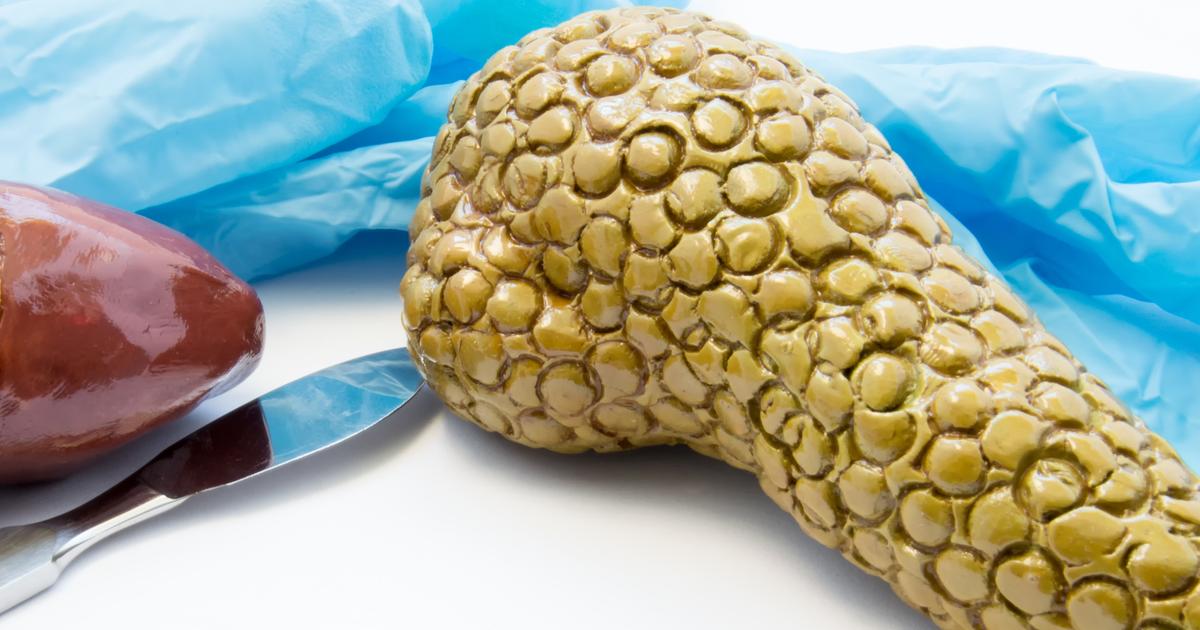Serious Options For Pancreatic Cancer Treatment
When a mutation occurs in the cellular DNA of cells that form the pancreas that impacts the way they grow, differentiate, multiply, and or die, pancreatic cancer can develop. There are two types of pancreatic cancer. An exocrine tumor is the most common and happens when carcinogenesis takes place in the pancreatic cells responsible for producing digestive enzymes. Neuroendocrine tumors are rare and occur when carcinogenesis takes place in the pancreatic cells that are responsible for the production of hormones. Symptoms of pancreatic cancer include nausea, stool changes, pancreatitis, appetite loss, jaundice, weight loss, and abdominal pain. A physical exam cannot detect pancreatic cancer because the organ is located so deep in the abdomen. Only imaging tests such as an MRI, CT scan, and endoscopic ultrasound can detect pancreatic cancer, while a pancreatic tissue biopsy can confirm the diagnosis. Depending on the type, extent, and location of the tumor, numerous treatment options are available. Get familiar with some of these now.
Whipple Procedure

A pancreaticoduodenectomy or Whipple procedure refers to a type of surgery used to treat some individuals who have cancer in the head of their pancreas. An individual's pancreas produces essential digestive enzymes and hormones that regulate and manage glucose in the blood. Because the consequences of complete pancreas removal are very difficult to live with, the Whipple procedure provides a method only to remove a certain part of the pancreas with the malignancy. There are several ways a Whipple procedure can be performed. Open surgery refers to the use of a traditional open incision to provide the surgeon with access to the pancreas. This method is the most common because it is the most effective and established. Laparoscopic surgery refers to a technique used to perform the Whipple procedure where numerous small incisions are utilized to manipulate a camera and small instruments in the abdomen to perform the pancreas head removal. Robotic surgery is an uncommon method used for the Whipple procedure, but it is minimally invasive and removes the challenge of the human hands being too large to manipulate the instruments properly.
Uncover the next pancreatic cancer treatment method now.